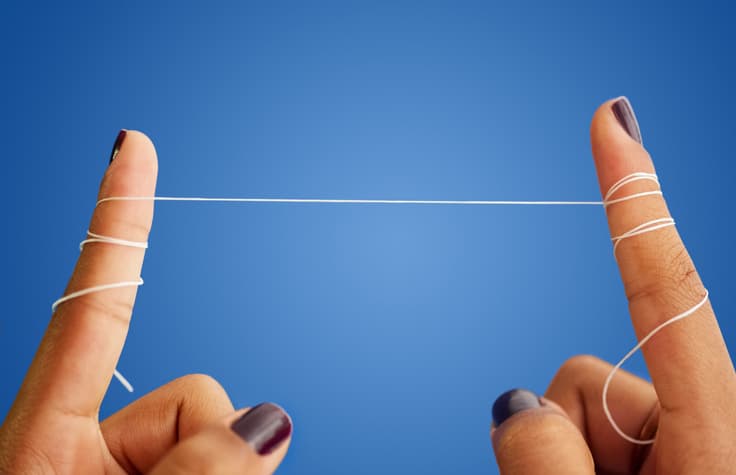
Did you know that even though it is proven to effectively remove plaque, far fewer people use floss daily than brush daily? And those who have managed to make it a daily habit might not be getting the full benefits due to improper usage.
Why It Is Important
Flossing is not only designed for removing food from between the teeth. Flossing removes the film of bacteria which can form plaque and, if left untreated, will turn into tartar, a hard mineral deposit that is responsible for gum disease.
Cleaning between the teeth is an important part of oral hygiene, and most toothbrushes cannot reach these interproximal areas. Using dental floss in these areas correctly will remove a great deal of plaque and, therefore, reduce the risk of tooth decay and gum disease.
How to Use Dental Floss Correctly
The key to great oral hygiene is using floss correctly. Here is how to do it:
- Open the dental floss container and cut a length of dental floss, about 18 inches or so, and hold it between your thumb and fingers on each hand. You may wrap each end around your index fingers to prevent it from slipping if you wish.
- Insert the floss between your teeth, making sure not to use too much force.
- Forming the floss into a C shape so it curves around the surface of each tooth, move the floss gently in an up and down motion. Repeat to clean both sides of each tooth, making sure that you reach under the gumline. Use a new section of floss for each tooth.
- When done, discard the floss and do not reuse.
- If desired, use an interdental brush to clean hard-to-reach places between teeth that have space.
It is important for flossing to become part of your and your family’s daily regime if it is not already. It can mean the difference between having healthy teeth and gums and suffering from periodontal disease and cavities.
